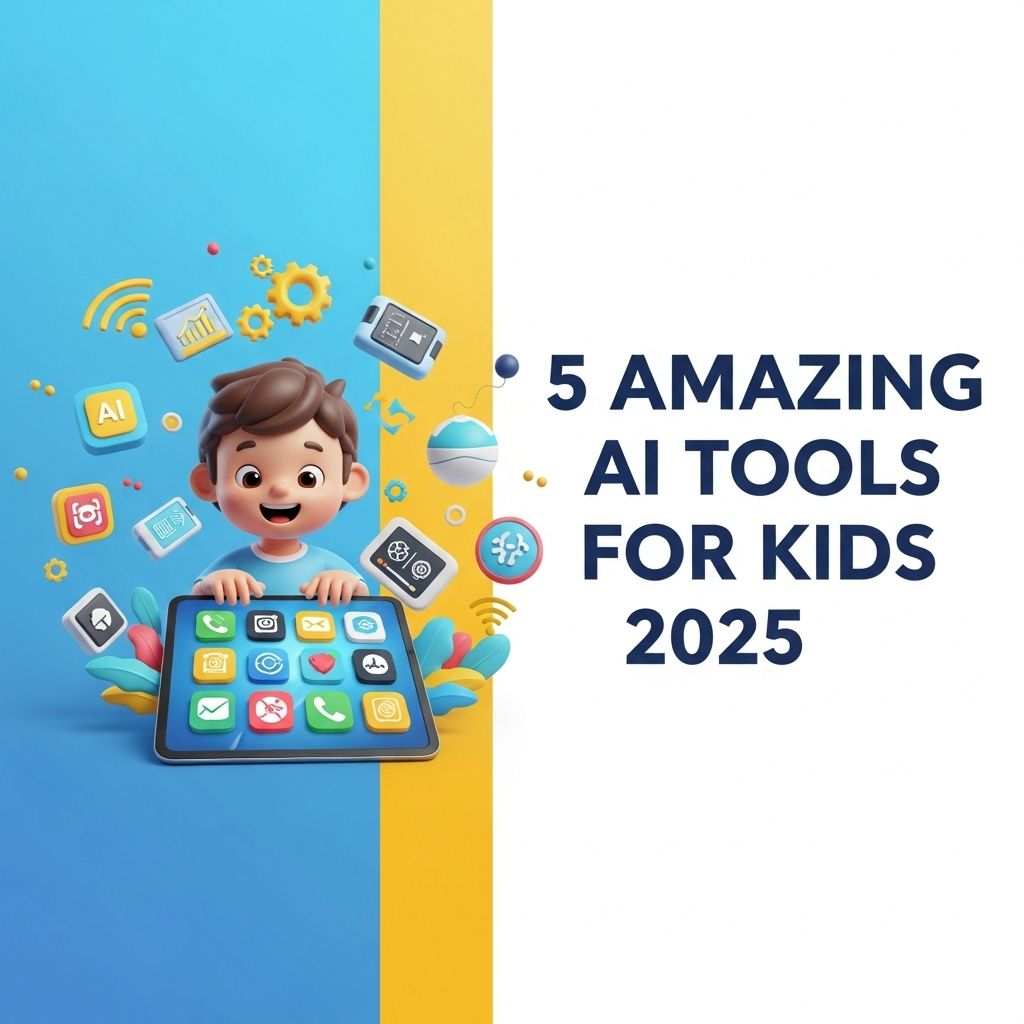As the digital landscape continues to evolve, automation tools are becoming increasingly vital for businesses aiming to enhance efficiency, reduce operational costs, and streamline processes. Understanding which automation tools are poised to lead the market in 2025 is essential for tech-savvy professionals and organizations looking to stay ahead of the curve. In this article, we will explore the top automation tools that are predicted to make significant impacts in the coming years.
1. Zapier
Zapier has long been a favorite among automation enthusiasts. With its ability to connect over 3,000 apps, Zapier enables users to automate repetitive tasks without requiring any coding knowledge.
Features:
- Multi-step workflows
- Customizable triggers and actions
- Data transfer between apps
2. UiPath
UiPath is a leader in Robotic Process Automation (RPA) and is expected to maintain its momentum in 2025. It focuses on automating complex business processes that traditionally require human intervention.
Benefits:
- Scalable automation for enterprises
- Robust analytics tools
- User-friendly interface
3. Microsoft Power Automate
Formerly known as Microsoft Flow, Power Automate provides a seamless way to automate workflows across Microsoft applications and other platforms. It is particularly beneficial for organizations already entrenched in the Microsoft ecosystem.
Use Cases:
| Application | Automation Example |
|---|---|
| SharePoint | Automate document approval processes |
| Teams | Set reminders for meetings |
4. Integromat (now Make)
Integromat, recently rebranded as Make, offers advanced automation capabilities with a focus on visual scripting. It allows users to connect apps and automate complex workflows with ease.
Key Features:
- Visual scenario builder
- Real-time data processing
- Extensive app integrations
5. Automate.io
Automate.io is an intuitive automation platform tailored for small to medium-sized businesses. It allows users to create simple workflows between popular apps and services.
Why Choose Automate.io?
- Affordable pricing plans
- Easy setup and user-friendly interface
- Great customer support
6. IFTTT (If This Then That)
IFTTT is known for its simplicity, allowing users to create conditional statements for various apps and devices. It’s particularly popular for smart home automation.
Examples of Automations:
- Send a notification when a specific tweet is posted
- Automatically save email attachments to cloud storage
7. Monday.com
While primarily a project management tool, Monday.com includes powerful automation features that can help teams streamline workflows and improve collaboration.
Automation Capabilities:
| Feature | Description |
|---|---|
| Notifications | Send alerts for task updates |
| Task assignments | Automatically assign tasks based on status changes |
8. Airflow
Apache Airflow is an open-source platform designed to programmatically author, schedule, and monitor workflows. It is particularly suitable for data engineering tasks.
Why Use Airflow?
- Highly customizable
- Support for complex dependencies
- Strong community support
9. Workato
Workato is an integration and automation tool designed for enterprises, enabling them to connect their applications and automate workflows at scale.
Highlights:
- Pre-built workflows for common tasks
- Robust security features
- Machine learning capabilities for advanced automation
10. Selenium
Selenium is a widely-used open-source tool for automating web applications for testing purposes. It is highly regarded in the software development community and is expected to remain relevant as automation in testing grows.
Why Selenium?
- Supports multiple programming languages
- Cross-browser testing capabilities
- Active community and extensive documentation
Conclusion
As we move towards 2025, the significance of automation tools in enhancing productivity and efficiency cannot be overstated. Whether you are a small business, a tech giant, or an individual developer, leveraging these tools can help you achieve your goals more effectively. Stay informed about new features and updates as the landscape continues to change, ensuring that you choose the right automation tools for your needs.
FAQ
What are the top automation tools to consider for 2025?
Some of the top automation tools for 2025 include UiPath, Automation Anywhere, Blue Prism, Zapier, Microsoft Power Automate, and WorkFusion.
How can automation tools benefit my business in 2025?
Automation tools can increase efficiency, reduce operational costs, enhance accuracy, and free up human resources to focus on strategic tasks.
What features should I look for in automation tools in 2025?
Key features to look for include user-friendly interfaces, integration capabilities, scalability, advanced analytics, and support for AI and machine learning.
Are there free automation tools available in 2025?
Yes, there are several free automation tools available, such as Zapier’s free plan, IFTTT, and automation features in Google Workspace.
How do I choose the right automation tool for my needs in 2025?
Assess your business requirements, consider the complexity of tasks, evaluate integration needs, and look for user reviews and case studies.




